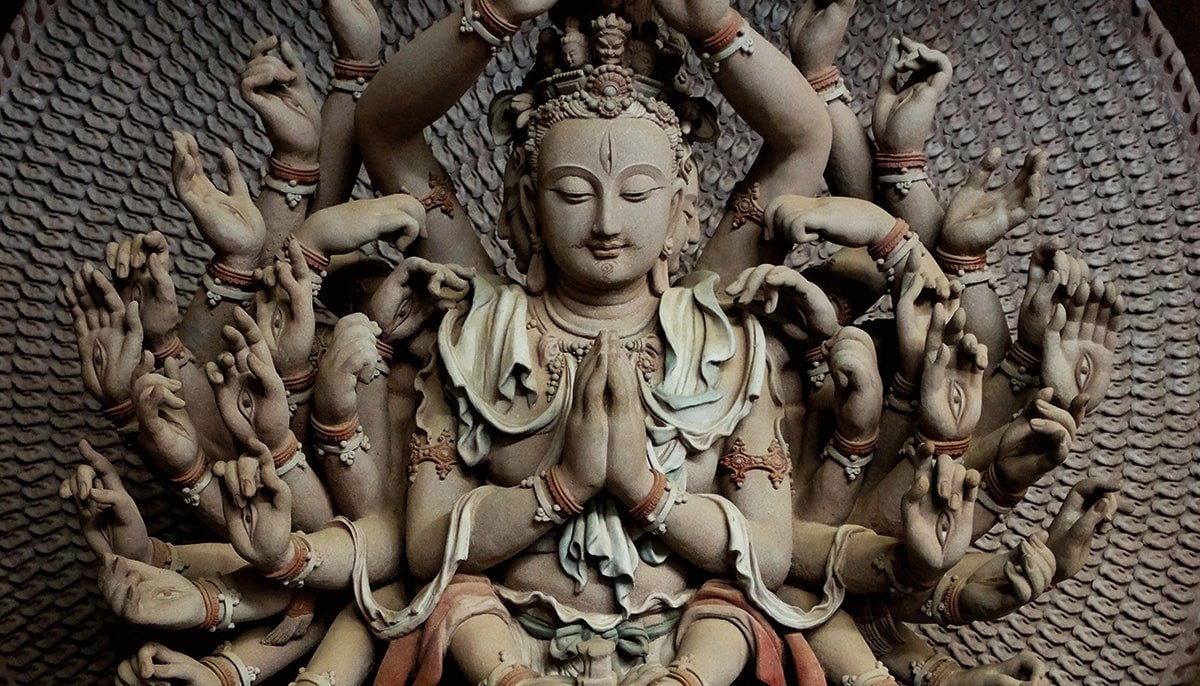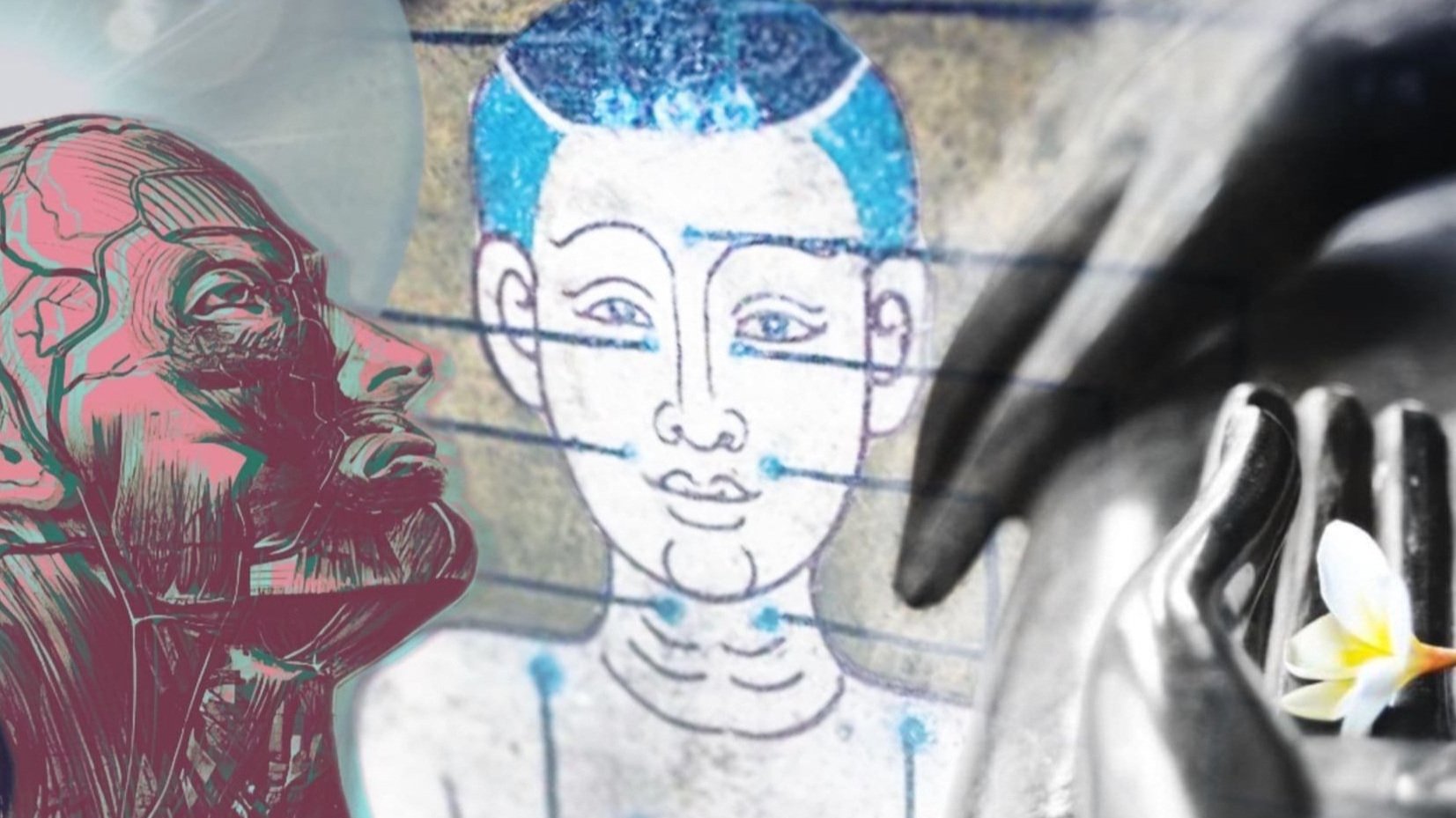Yin Yoga online training
Teachings in French - 🇫🇷
Who can benefit from our training courses?
These courses are aimed at yoga teachers or students who have been practicing yoga regularly for at least a year and wish to deepen their understanding of yoga.
No previous experience of Yin Yoga is necessary.
You don't have to be a yoga teacher or even become one, but a keen interest in the study of yoga, anatomy, traditional Chinese medicine, philosophy and meditation is essential.
Our modular approach to Yin Yoga distinguishes itself by offering 3 different training themes: the physical, energetic and psychological aspects of yoga practice.
This approach offers an integral training to practitioners and teachers interested in Yin Yoga as a platform for study and practice.
825 €
Module Anatomy & Functional Approach
March 02 to 08, 2026
50 hours of training over one week
Payment in instalments possible
Our anatomy module takes you into the functional approach of Yin Yoga
Dear friends, we are delighted to present our training module on Yin Yoga - Anatomy & Functional Approach.
We share with you new tools to apply, such as the 10 myofascial compartments targeting the legs and torso, and the 14 skeletal segments to define areas of tension and compression.
This will enable you to engage in the 7 archetypal poses and their variations, which will meet the needs of all practitioners.
825 €
Traditional Chinese Medicine and Taoism Module
June 08 to 14, 2026
50 hours of training over one week
Payment in instalments possible
Our meridian module integrates the Fascia network with the energy system described in TCM.
Dear friends, we're delighted to announce our Yin Yoga - TCM & Taoism training module .
In this 50-hour module, we return to the Taoist roots of Yin Yoga and Chinese Medicine. We move from the physical body to the energy network, according to Traditional Chinese Medicine.
825 €
Meditation & Philosophy Module
from October 05 to 11, 2026
50 hours of training over one week
Payment in instalments possible
Our meditation and philosophy module demystifies and clarifies the spiritual approach to yoga through the analysis of perception and the cognitive field.
Dear friends and yoga practitioners, we are delighted to offer you our training module on Yin Yoga and the practice of meditation alongside the study of Sri Patanjali's Yoga Sutras.
Our intention is to present a map of the Yoga Sutras, following the author's sequential and cyclical approach.
Sri Patanjali is known as the great codifier of yoga, who brought together all the different practices of his time under the umbrella of Raja Yoga.
Testimonials

Frequently asked questions
-
We offer the option of paying directly on this secure platform via our website - either in full, or in 2 or 3 instalments. If you have any questions, please contact us via our contact form at the top right of the page.
-
Yes, all our training modules are part of the Yoga Alliance certification process and entitle you to the title of Continuing Education Provider (YACEP). This designation is for those who offer their expertise to the community through continuing education courses, workshops and deeper learning opportunities.
-
Absolutely, we always have a mix of yoga teachers and practitioners who are interested in deepening their knowledge in a specific theme. If you have an interest in Yin Yoga combined with anatomy, energetics, or philosophy/meditation. This training module is for you.
-
It is possible to cancel 30 days before the start of the course. After this deadline, your deposit is non-refundable.
-
All you'll need is a computer or tablet with a stable internet connection; for practice, you'll need a space to lay your mat and the necessary supports (cushion, block, bolster...). We'll provide you with a digital manual and a PDF to summarize the training with timing, and various suggestions and tips will be sent to you when you register.
Discover our Yin Yoga courses
Live training
Join us in France and abroad throughout the year for themed face-to-face training courses.
Live online classes
Most Sunday & wednesday, Murielle and Sébastian bring you a new live online class on ZOOM.
Online training
Discover our comprehensive training courses to transform your practice and your teaching.











